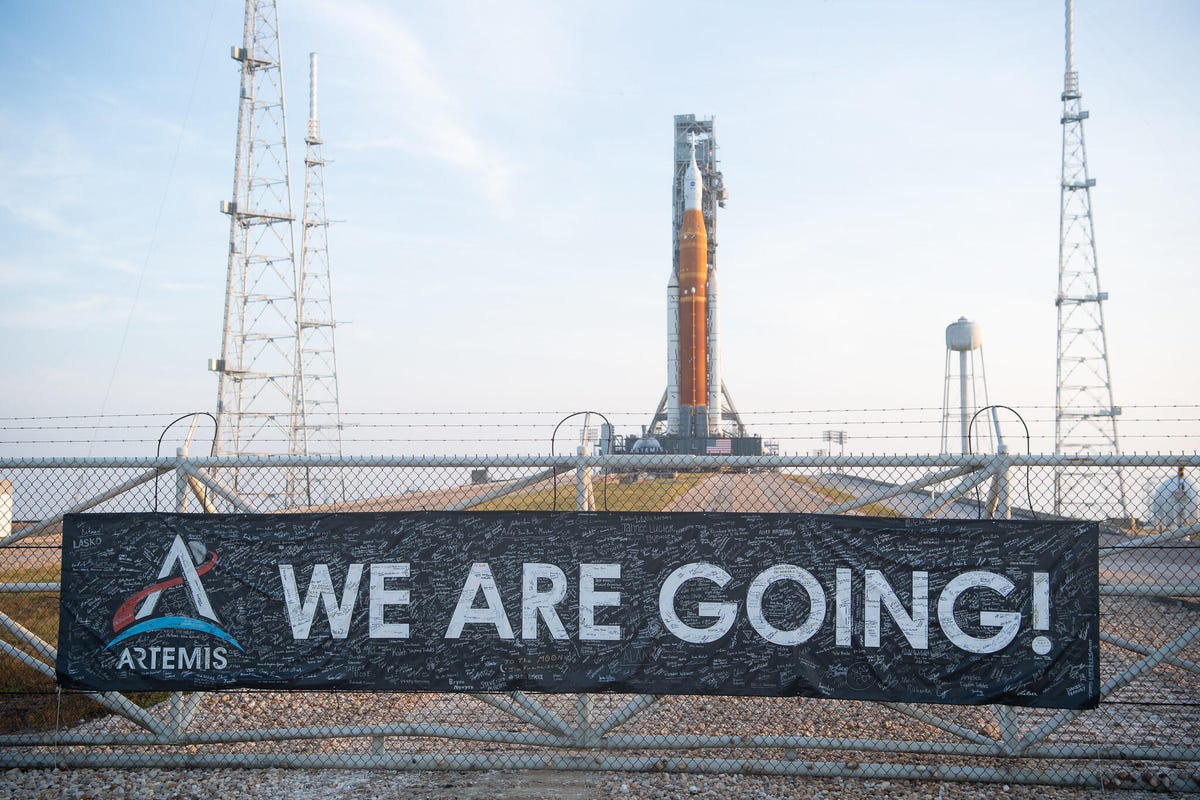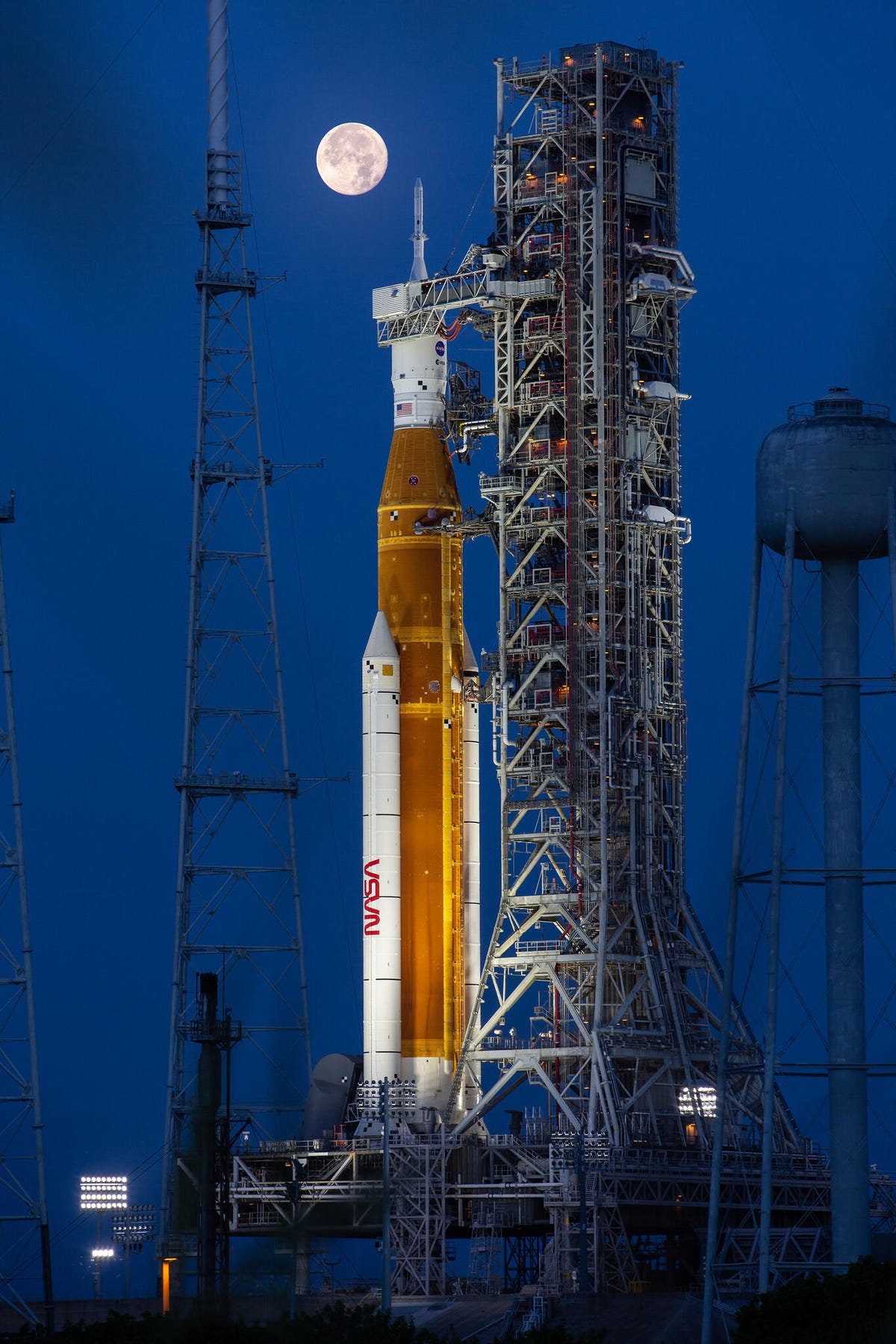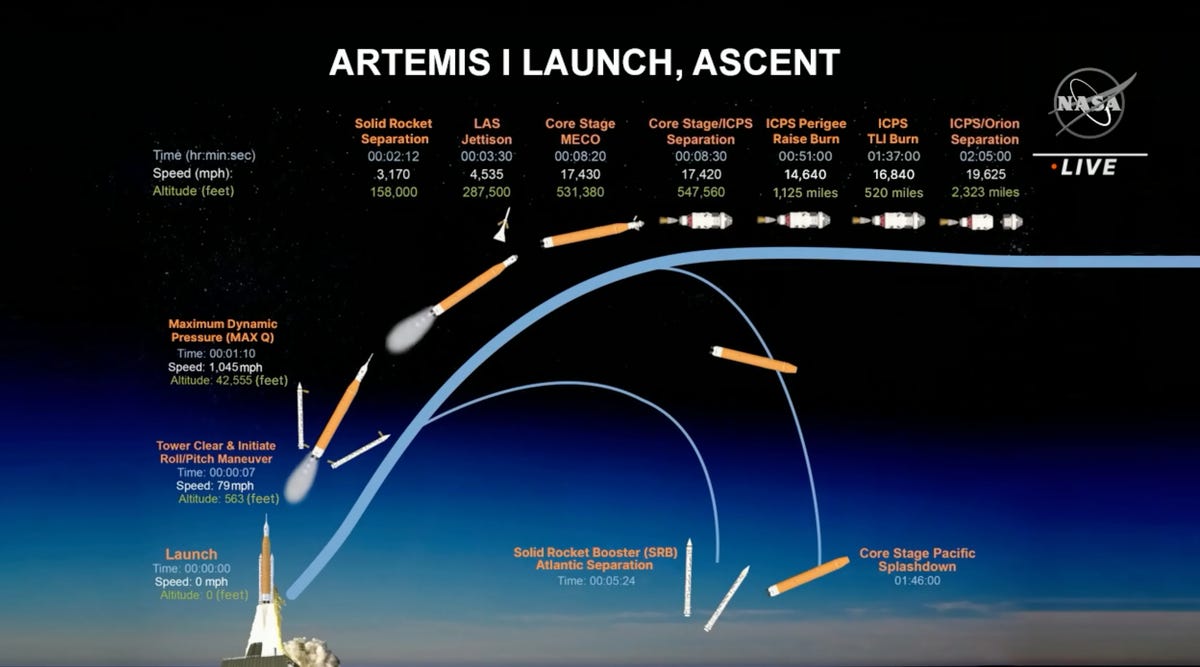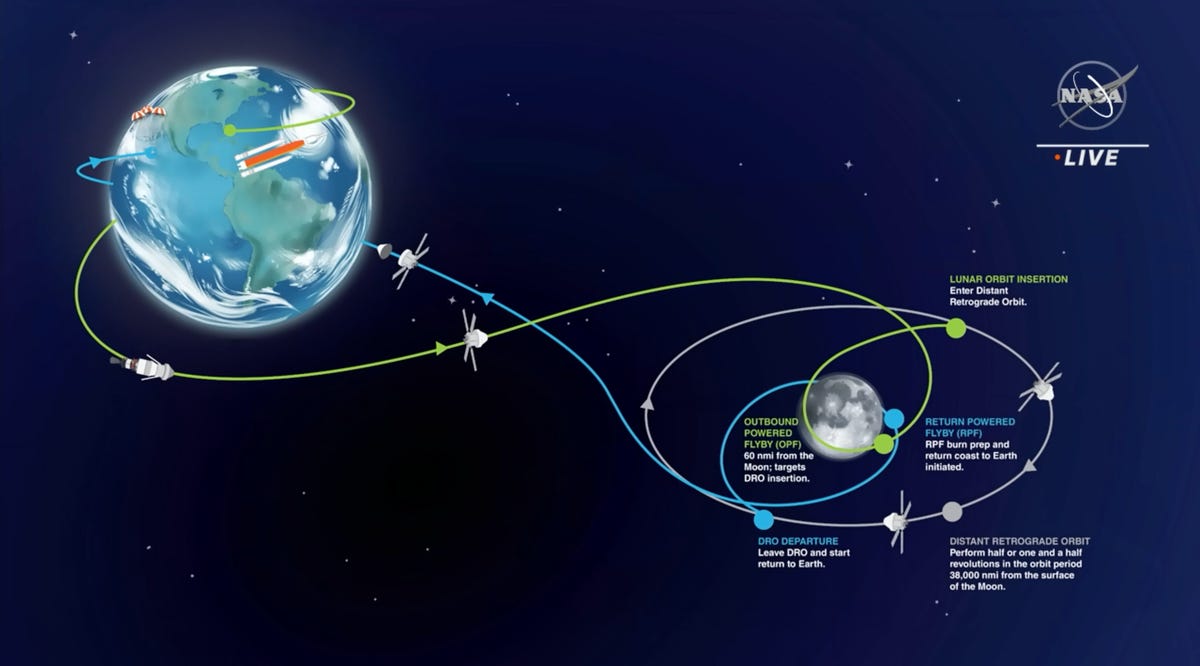Best Laptops
How to Watch Live as NASA’s Artemis I Launches to the Moon
On Monday, NASA’s formidable, expensive and exhilarating Artemis program is scheduled to start. Finally, Artemis I might be heading to lunar orbit, fifty years after the company wrapped up the Apollo missions. You need to observe alongside reside — and now we have all the small print (and a livestream!) proper right here.
To be clear, this liftoff will not have astronauts onboard — however there’s lots driving on its success, together with the prospect of touchdown individuals on the moon a while within the close to future. (It’s currently planned for 2025).
Artemis I’s 32-story, tangerine-colored rocket commissioned for the large day will blast off from Earth and propel a sharp, comparatively small, white spacecraft named Orion into lunar orbit.
Orion is crammed to the brim with issues like Amazon Alexa, TV character Shaun the Sheep, mannequins, miniature satellites and most significantly, tons of navigation and information assortment tools. These particular devices inside Orion will observe important details about the spacecraft’s trajectory, security, radiation absorption (and rather more) that’ll primarily map out the routes of future missions — missions with a human crew like Artemis II and 2025’s Artemis III. In brief, Artemis I is a vital flight check and proof-of-principle mission.
A flawless launch subsequent week might mark the start of NASA’s modern Apollo years. It should be a tense day with a nail-biting countdown, however one shrouded in an air of surprise and pleasure. In different phrases, it is going to be big.


The “We Are Going” banner seen close to Artemis I on the launchpad is signed by NASA employees concerned within the moon mission.
NASA/Joel Kowsky
The right way to watch the Artemis I launch
NASA will host a reside broadcast of the Artemis I occasion on Aug. 29 — the primary on a list of three possible launch windows.
Time-wise, the launch window itself opens at 5:33 a.m. PT/8:33 a.m. ET, but it surely’ll keep open for 2 hours. Someplace inside that vary, the company’s mega moon rocket, which it calls the “strongest rocket on the earth,” will head towards the celebrities. You may watch on the NASA app, NASA web site, or NASA TV straight.
Here is that window begin time world wide. Get your snacks prepared.
- US: 5:33 a.m. PT / 8:33 a.m. ET
- Brazil: 9:33 a.m. (Federal District)
- UK: 1:33 p.m.
- South Africa: 2:33 p.m.
- Russia: 3:33 p.m. (Moscow)
- UAE: 4:33 p.m.
- India: 6:03 p.m.
- China: 8:33 p.m.
- Japan: 9:33 p.m.
- Australia: 10:33 p.m. AEST
You may discover all of the motion reside on CNET Highlights, our YouTube channel, by merely clicking play slightly below. It is that straightforward.
The highway to launching Artemis I
Already, NASA has began to intensify anticipation for Artemis I’s journey to house. Briefings will probably be held day by day till launch day about issues just like the position of trade in advancing human exploration, lunar mission administration, the way in which Artemis is poised to result in Mars excursions and simply normal road-to-liftoff commentary.
A full schedule of these conferences, all of which will probably be streamed on NASA TV, can be found here.
Then, on Monday, NASA says it is going to start broadcasting whereas loading propellant into the SLS shiny and early (darkish and early?) at 3:30 a.m. PT/6:30 a.m. ET.
After launch, round 9 a.m. PT/12 p.m. ET — assuming all goes effectively — the company intends to cowl mission updates with NASA Administrator Invoice Nelson, Artemis Mission Supervisor Mike Sarafin and different necessary Artemis officers.
At 1 p.m. PT/4 p.m. ET, the livestream will change to protection of Orion’s outbound trajectory, hopefully adopted by some stellar views of Earth taken by Orion-based cameras because the craft coasts towards our planet’s glowing companion.


A full Moon is in view from Launch Advanced 39B at NASA’s Kennedy Area Heart in Florida on June 14, 2022.
NASA/Cory Huston
Additionally, all through the day, put together your self for superstar appearances by Jack Black, Chris Evans and Keke Palmer in addition to performances of The Star-Spangled Banner by Josh Groban and Herbie Hancock and America the Lovely by The Philadelphia Orchestra and Yo-Yo Ma, the latter carried out by Yannick Nézet-Séguin. What. A. Get together.
Artemis I’s launch sequence
When you’re into the technical particulars, here’s the game plan for Artemis I. In a approach, liftoff is the best half. And I am not exaggerating.
Workforce SLS is up first.
After countdown, the SLS will ascend by means of Earth’s ambiance. In two minutes, all its strong propellant, situated within the rocket’s boosters, will probably be consumed and people boosters will probably be jettisoned. After 8 minutes, all its liquid gasoline, situated within the core stage, will probably be used and that stage will probably be jettisoned. Then, for concerning the subsequent 18 minutes, Orion and the rocket’s higher stage will take a lap round our planet on their own. As soon as that is full, Orion will take about 12 minutes to deploy its photo voltaic arrays and get off battery energy.
At that time, as Sarafin places it, the rocket has performed its job. Orion is en route.


A diagram exhibiting what Artemis I’s ascent will seem like.
Screenshot by Monisha Ravisetti/NASA
Workforce Orion steps as much as the plate.
“There’s actually no time to catch our breath,” Rick LaBrode, lead Artemis I flight director, stated throughout an Aug. 5 press convention. Orion’s trajectory just about depends of a mess of exact maneuvering that’ll take it alongside the advanced path outlined beneath.


Orion’s trajectory across the moon and again is printed right here. Alongside the way in which, 10 CubeSats will probably be deployed.
Screenshot by Monisha Ravisetti/NASA
Ultimately, the craft will strategy the lunar floor, getting as shut as simply 60 miles above floor, and conduct a bunch of science experiments to check issues like lunar gravity, radiation hazard, and possibly even snap a couple of pics like a re-creation of 1968’s Earthrise. The satellites inside Orion will deploy alongside the way in which, seize some physics information, and as soon as all is alleged and performed, the courageous little spacecraft will return to our planet and splashdown off the coast of San Diego.
Decide up Orion, extract the information and Artemis I is full. The entire thing is anticipated to take six weeks.
If NASA manages to keep away from any blips alongside the way in which, it will not be lengthy earlier than we discover ourselves scouring the web for information on watch the launch of Artemis II. And much into the longer term, maybe we’ll replicate on Monday as we sit again and watch a rocket barrel towards not simply the moon, however Mars.
OK, I am getting forward of myself.
For now, you may admire the Artemis I SLS rocket topped with Orion chilling on the launchpad. Here’s a constant livestream of it throughout its closing moments on Earth.
